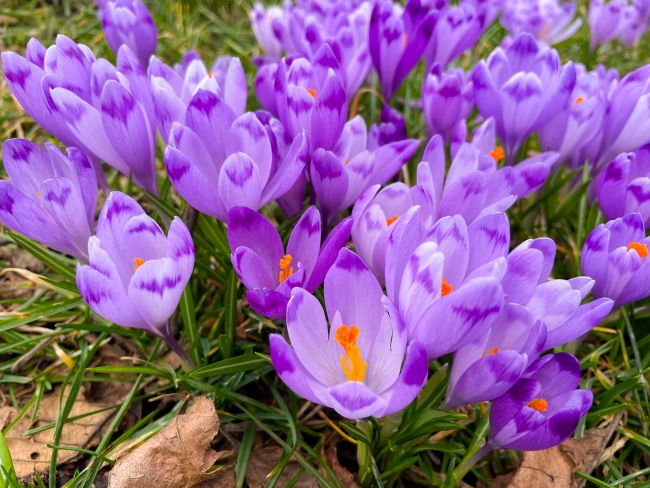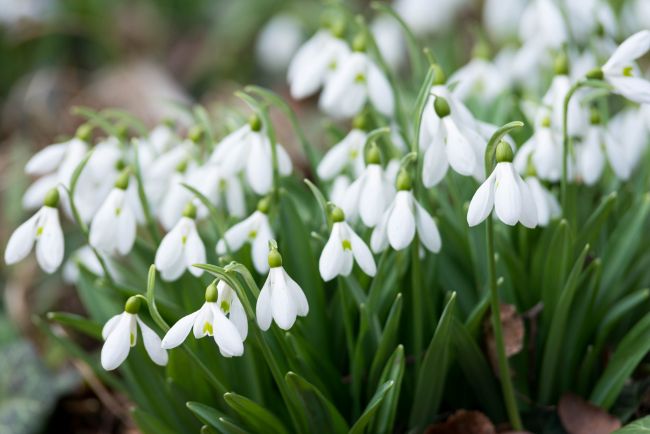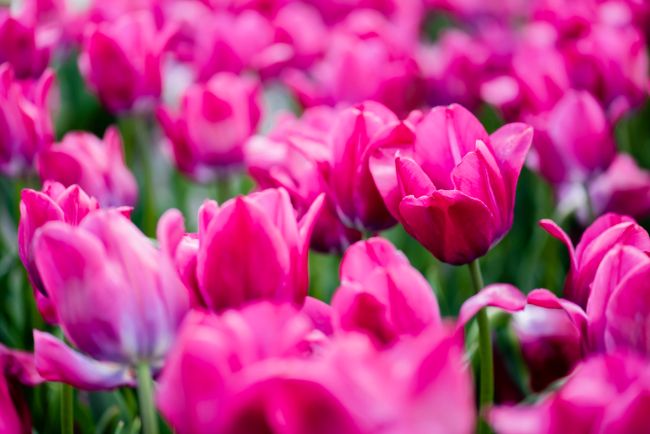Our Favourite Bulbs for Autumn Planting

Crocus bulb flowers


Here’s how to create a succession of spring colours by choosing bulbs that flower from late winter through late spring.
Early Spring Colour (February – March)
- Snowdrops (Galanthus nivalis)
Pure white nodding flowers, best planted ‘in the green’ in spring for reliable results. Ideal for naturalising in lawns or woodland-style borders. Can also be planted in the Green in the spring as well - Winter Aconites (Eranthis hyemalis)
Bright yellow cups that appear even before the snowdrops. Thrive in shade and bring a sunny lift to wintery corners. - Crocus (Crocus tommasinianus and vernus)
Available in shades of purple, white, and yellow—perfect for grassy areas or under deciduous trees. Great for naturalising. - Iris reticulata
Compact, intensely coloured blooms (deep purple and blue), great in containers or front-of-border planting. - Chionodoxa (Glory of the Snow)
Star-shaped blooms in soft blues and pinks. Early, reliable, and good for pollinators.
Mid-Spring Colour (March – April)
- Dwarf Narcissi (e.g. ‘Tête-à-Tête’)
Neat, cheery, and dependable. Ideal for underplanting or pots. Fades fast, making room for emerging perennials. - Hyacinths (Hyacinthus orientalis)
Fragrant, upright clusters in blue, pink, and white. Great in containers or grouped in beds. - Scilla siberica
Deep blue, nodding flowers—excellent en masse in shady or woodland areas. - Puschkinia (Striped Squill)
Delicate pale blue with a darker central stripe. Looks beautiful planted in drifts.
Late Spring Colour (April – May)
- Tulips (Tulipa spp.)
A kaleidoscope of forms and colours. For the best display, treat most as annuals and replant each year—unless using known perennial varieties. - Fritillaria meleagris (Snake’s Head Fritillary)
Unique checkered flowers that nod on slender stems. Prefers moist soils and dappled shade. - Camassia
Tall, graceful spires of blue stars. Great in damper soils and naturalistic schemes. - Alliums (Ornamental Onions)
Bold, spherical blooms—often purple or white. Pollinator-friendly and sculptural.
A Word of Caution: Muscari (Grape Hyacinths)
While undeniably charming in flower, Muscari can become invasive. Unless you want a full carpet or are planting into a container or controlled space, proceed with caution—they spread fast and are difficult to remove once established.
Planning & Planting Tips
- When to Plant:
Most spring-flowering bulbs should be planted from September to November. Tulips are best left until November to reduce the risk of tulip fire (a fungal disease). - How Deep:
As a rule of thumb, plant bulbs at 2–3 times their height. If unsure, lay them sideways—most bulbs will right themselves! - Soil & Drainage:
Bulbs hate sitting in water. Add grit to heavy soil or choose raised beds and containers for improved drainage. - Naturalising:
If you want long-term displays that improve over time, focus on snowdrops, crocus, narcissi, and chionodoxa. These multiply over the years with minimal care.
Design Idea: A Layered Spring Display
Try planting bulbs in layers (also called the “lasagne method”) in pots or borders. For example:
- Bottom layer: Tulips
- Middle layer: Daffodils
- Top layer: Crocus or Iris reticulata
This approach ensures a continuous show, with each layer blooming in turn as the season progresses.
Autumn is your chance to shape spring. Whether you’re planting into borders, lawns, woodland edges, or containers, spring-flowering bulbs offer one of the most rewarding returns for minimal effort.
Plan your combinations now, and by next spring, you’ll be stepping into a garden alive with colour and promise.





















